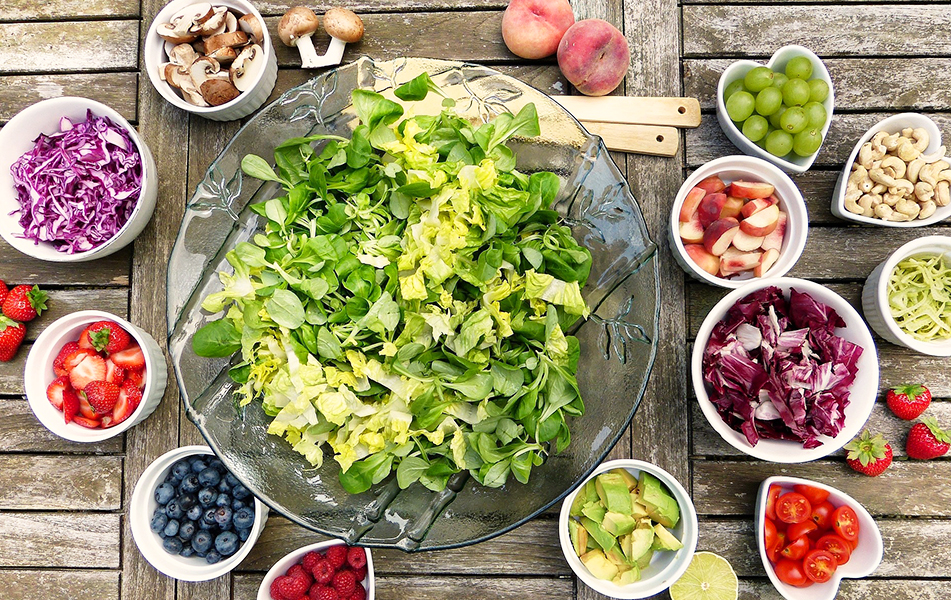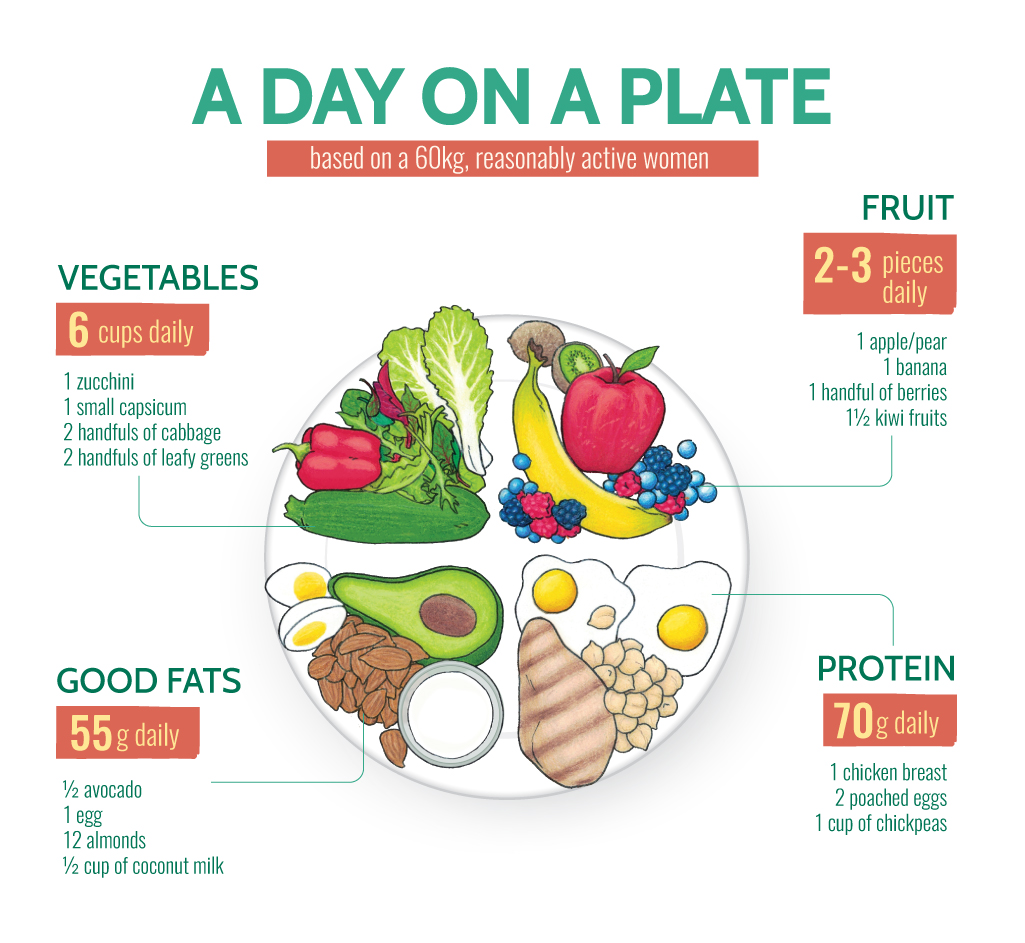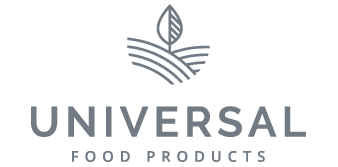Ask any health professional what the most commonly asked question regarding health is and I can guarantee you they’ll answer with “What on earth should I eat?” This age-old question has formed the basis of debate among many and is still completely undefined and unspecific. Most answers are either completely vague, or too specific and restrictive, but for good reason… Why? Because no two bodies are made equally – despite having different personal tastes and preferences, even our blood type, genetic make up and digestive systems have unique needs.
Rather than tell you exactly which foods you should and should not eat, I’d rather give you the foundation and tools to help you work it out for yourself. The best thing we can do for our bodies and our health is to explore the way we feel and more specifically, the way our bodies feel after eating, digesting and utilising the nutrients from the food we choose to eat, with a sense of curiosity.

A Balanced Plate
A balance of good fats, protein and carbohydrates throughout the day is crucial. Carbohydrates are the body’s preferred energy source and are the umbrella under which lovely fruits, vegetables and high quality grains/seeds like oats, quinoa, buckwheat and rice fall under. These foods are high in fibre, which helps to keep our blood sugar levels stable and keep the digestive system moving along nicely.
Protein provides structure to the body, makes up our tissues, including muscle, produces hormones and enzymes and assists the transport of oxygen throughout the body – wow! Meat and seafood, eggs, nuts, seeds and tempeh are all great sources of protein.
“A balance of good fats, protein and carbohydrates
throughout the day is crucial.”
Fats are delicious, are crucial for the absorption of certain nutrients within foods for making our hormones and for providing us with long-lasting energy. Think eggs, avocados, meat, nuts and seeds and their butters, olive oil, coconut, butter – all your favourite things! Fats, carbohydrates and proteins are our macronutrients – our body needs them in large amounts to give us energy and function well. In order to best break down, absorb and assimilate the fats, carbohydrates and proteins from the food we eat, our bodies also need micronutrients – these are the vitamins and minerals like iron, zinc, magnesium, B-vitamins and iodine, etc that can be found in a well-balanced, whole foods diet.

So What Does That Look Like?
*Calculations based on a 60 kg, reasonably active woman.
Vegetables – 6 cups daily. This looks like 1 zucchini, 1 small capsicum, 2 handfuls cabbage, 2 handfuls leafy greens.
Fruit – 2-3 pieces daily. This looks like 1 apple/pear, 1 banana, 1 big handful berries, 1.5 kiwi fruit.
Protein – 70 g daily. This looks like 150 g chicken breast = 45 g protein, 2 poached eggs = 13 g, 1 cup chickpeas = 14.5 g.
Fat – 55 g good quality daily. This looks like 1/2 an avocado = 14.5 g, 1 egg = 5 g, 12 almonds = 18 g, 1/2 cup coconut milk = 19 g.
Foods You Should Embrace
Nutrient-Dense Foods – Instead of choosing what you’re going to eat based on how many kilojoules it has, how about flipping your perspective and looking at how many nutrients it can provide! Did you know that eggs contain protein, good fats, omega-3s, B-vitamins and zinc! An egg, in contrast to a cheese burger which contains a lot of trans fat and might contain small amounts of protein, but probably not due to the fact that it’s processed…? I know which I’d pick. Anything rich in nutrients is generally also a whole food – unprocessed, raw, straight from nature and naturally occurring. You can guarantee that anything from a packet or a fast-food chain does not contain as many nutrients as its whole food counterparts.
Superfoods – Superfoods simply refer to foods which pack a nutritional punch per gram. We’re talking avocados, blueberries, leafy greens, pumpkins, lemons and tomatoes. Anything brightly pigmented indicates goodness (aside from artificial colourings). Green = rich in chlorophyll, powerful antioxidant, encourages removal of toxic metals within body, stabilises blood sugar. E.g. Spinach, Broccoli, Parsley. Purple = full of antioxidants which strengthen heart and brain health. For example, Red Cabbage, Eggplant, Pomegranate. Orange = rich in beta carotene which is converted into Vitamin A, needed for healthy skin, immunity and eye health. For example, Pumpkin, Carrots, Sweet Potato.
Probiotics – When the gut is healthy, we are healthy! The gut controls the digestion, absorption and elimination of food, is the home of our immune system and the hub in which our ‘feel good’ and stress hormones are made – we need to support it. Probiotics don’t have to be complicated – yoghurt is a
probiotic-rich food. Choose a natural pot-set Greek-style yoghurt that only contains milk, or milk solids and culture in its ingredients list. Other probiotic-rich foods like sauerkraut, kefir and bone broth are all great additions too.
Foods Best Avoided (consumed in small quantities)
Processed Foods – Food processing removes the majority of vitamins and minerals found in the original food. Processed foods often contain artificial ingredients, additives and colours and even contain genetically modified (GMO) ingredients. High levels of sugar and sodium are usually added to processed foods also to improve their flavour. Processed foods in excess don’t do your body any favours; they can make you feel sick, they primarily only offer only empty kilojoules, meaning you’ll be hungry soon after eating them, and they mask the true flavours within foods. Try not eating processed foods for a week and you’ll quickly notice how sweet fruit can be and you’ll probably want to add less salt to your food.
Sugar – especially white, refined sugar. Despite being found in almost every pantry, sugar is the product of processed and refined empty kilojoules that don’t actually provide any nutritional value. Unfortunately, sugar is hidden everywhere – make sure you read labels for whatever you buy and beware of hidden sugar words like; maltose, dextrose, corn syrup, dextrin, cane juice and barley malt.Life can still be sweet! Enjoy natural fruit sugars, honey and dark chocolate in moderation (i.e. 2 pieces/20 g of at least 70% cocoa). Fruits like bananas, watermelon and grapes are high in sugar, whereas kiwifruit, berries and pears are quite low. To balance blood sugar levels, consume fruit with fat (pear with almond butter, banana with yoghurt) or cinnamon (berry and yoghurt smoothie with cinnamon) and stick to whole fruits, rather than fruit juice to ensure the fibre is still intact.
Seed and Vegetable Oils – Just like processed foods, seed and vegetable oils are highly processed versions of their original counterparts. Why not just eat some sunflower seeds! The process to make these oils involves both chemicals and high heat, completely removing all the nutrition from the original plant or seed being used. Margarine also fits under this category – stick to butter, just as Grandma would have done.
Low Fat/ Diet Products – Low fat correlates with low flavour and can often mean that the product you’re eating is full of sugar instead. Choose full fat dairy and full fat whole foods like avocados and nuts to ensure your food doesn’t contain unnecessary additives, fillers and sugar. Fat is satiating, delicious and necessary! We should embrace it and choose the most nourishing options.
REFERENCES
NUTTAB 2010 electronic database files






